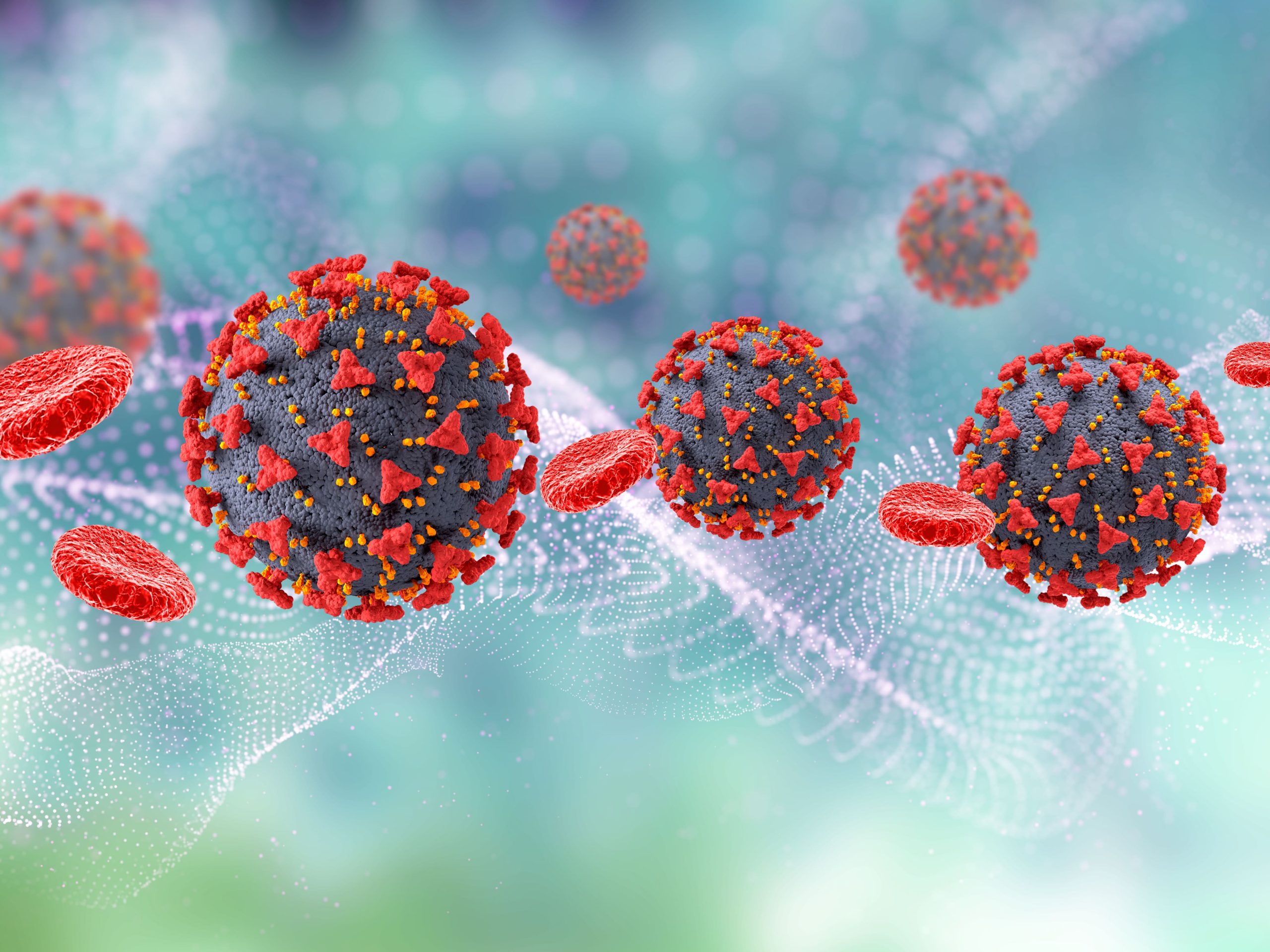KEY TAKEAWAYS
- The study aimed to investigate the cytotoxic and biosafety profile of a novel solid lipid type nano-enabled pharmaceutical formulation in lung cancer patients.
- Researchers noticed a potential link between the negative impact on viability and morphology of 3D normal bronchial microtissues; further investigation is ongoing.
The continuous growth in developing solid lipid-type pharmaceutical nanoparticles stems from their potential in targeted drug release, enhancing chemotherapy efficacy, especially in lung cancer nano-diagnosis and nano-therapy.
Cătălin Prodan-Bărbulescu and his team aimed to present preliminary findings on the biological effects of a novel nano-enabled pharmaceutical formulation, examining its cytotoxicity and biosafety profile.
Researchers performed an inclusive analysis of pharmaceutical formulations comprising solid lipid nanoparticles (SLN) generated through the emulsification-diffusion method. This involved the incorporation of green iron oxide nanoparticles (green-IONPs) loaded with pentacyclic triterpene, and oleanolic acid (OA). The study conducted a comprehensive biological assessment, employing three-dimensional (3D) bronchial microtissues (EpiAirwayTM) to ascertain the biosafety profile of the SLN samples. Subsequently, the cytotoxic potential of these samples was evaluated on human lung carcinoma using an in vitro model, specifically the (A549 human lung carcinoma monolayer).
The data revealed that the A549 cell line exhibited significant susceptibility to the impact of SLN samples, particularly those containing Ocimum basilicum extract-derived OA-loaded green iron oxide nanoparticles (green-IONPs), showing (under 30% viability rates). In the biosafety profile investigation of the 3D normal in vitro bronchial model, it was observed that all SLN samples had a negative effect on bronchial microtissue viability, registering (below 50%). Morphologically, substantial alterations were noted, including the loss of surface epithelium integrity, epithelial junctions, cilia loss, hyperkeratosis, and apoptosis-induced cell death.
The study concluded that the observed negative impact on viability and morphology of 3D normal bronchial microtissues may be attributed to the high dose (500 µg/mL) of the SLN sample. Nonetheless, future research will explore potential solutions through adjustments in the SLN synthesis process and additional comprehensive in vitro evaluations.
This research received no external funding.
Source: https://pubmed.ncbi.nlm.nih.gov/38399496/
Prodan-Bărbulescu C, Watz CG, Moacă EA, et al. (2024). “A Preliminary Report Regarding the Morphological Changes of Nano-Enabled Pharmaceutical Formulation on Human Lung Carcinoma Monolayer and 3D Bronchial Microtissue.” Medicina (Kaunas). 2024 Jan 25;60(2):208. doi: 10.3390/medicina60020208. PMID: 38399496; PMCID: PMC10890658.



